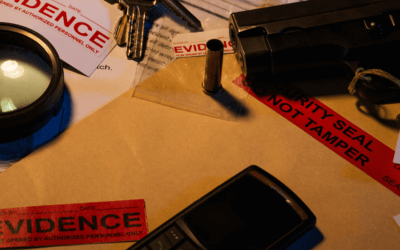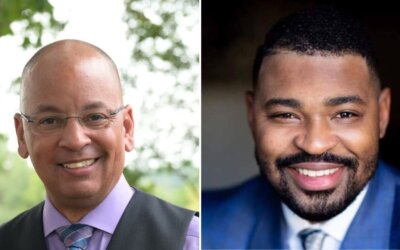
College of William and Mary senior and researcher Mackenzie Chriscoe shows off a bag of fossils she found at Colonial National Historical Park in York County.
A college student recently made discoveries dating back to the Pliocene Epoch.
WILLIAMSBURG – The pandemic didn’t stop paleontological digs for College of William and Mary senior Mackenzie Chriscoe or the chair of the geology department, Rowan Lockwood.
While the “lab” looked a bit different – Chriscoe identified objects on her dad’s front porch with Lockwood on Google Speed Dial – she had the experience of a lifetime finding fossils dating back to the Pliocene Epoch.
Lockwood connected with the National Park Service. They suggested she and Chriscoe seek out fossil inventory opportunities at Colonial Historical National Park in York County.
Chriscoe jumped at the opportunity, which included two summer internships – one with the College of William and Mary this past summer and one with the National Park Service next year.
The senior started with a literature review, where she researched prior park studies. Then, she and Lockwood hit the ground, prepared to find and catalogue new information.
Pandemic paleontology
Throughout the summer, Lockwood and Chriscoe worked together, following guidelines set forth by both the National Park Service and the college.
“This summer, we wore masks, even outside in 100 degree heat with 100% humidity. We stayed six feet apart and we sanitized rock hammers between the two of us using it and we were able to stay safe,” Lockwood said. “So we’ve been pretty fortunate.”
An initial hiccup occurred with the lab work. Originally, Chriscoe planned to use the school’s resources over the summer. However, the coronavirus kept the campus closed.
“Luckily, I live pretty close to all of the places we sampled. Like a 20-minute drive at most, for most of the places we went,” Chriscoe said. “So it wasn’t so bad.”
Setting up a lab of sorts on her dad’s screened-in porch, Chriscoe utilized drop cloths used for house painting. There, she sorted through the dirt with a sieve and a bucket of water, depositing her finds onto the makeshift flooring.
“When I was done for the day, I’d kind of fold it in so that nothing would get blown around or anything,” Chriscoe said. “And it worked.”
When the student made a discovery, she took a photograph and placed the file in a special Google folder, which Lockwood could access.
“I would name it as my preliminary guess for what it was and Rowan could go in and comment or change the name as needed,” Chriscoe said. “It worked out.”
Lockwood said that Chriscoe turned out to be a natural at identifying shells.
“She did a great job and she was careful and observant and all that,” Lockwood said.
Digging up discoveries
Chriscoe found a whole rout of crepidula fornicata. That’s a limpet-like marine snail.
“It looks like it just died yesterday, but it’s actually older than you would guess,” Lockwood said.
The professor estimated that the shell dated been 3.5 and 4.5 million years old. She further explained the reason that Chriscoe came across a marine animal while searching on land.
“This whole area in Virginia was completely underwater from about 80 million years ago to about 2 million years ago. So most of the fossils that we find are ocean fossils,” Lockwood said. “We find lots and lots of seashells – so clams, scallops, oysters, lots of different kinds of snails.”
The area also regularly produces coral fossils, barnacles and chunks of whale bone.
“Most fossils at the park are between 10 million years old and died yesterday,” Lockwood said. “So most of them are somewhere between those two limits.”
Given the area’s underwater history, the marine discoveries didn’t come as a surprise.
“We haven’t been shocked at all with what we’ve found,” Chriscoe said.
Still, Lockwood hoped to find some fish teeth.
Words of encouragement
Science is a man’s world. It’s also a woman’s. For those with an interest, Lockwood encouraged exploration.
“Study as much science as you possibly can. Read as much about paleontology, the study of fossils, as you possibly can,” Lockwood said. “Just go outside and try to find those fossils. We live in an area in eastern Virginia that is chock-full of fossils. I can walk all around my backyard and all around campus and find fossils.”
She also cautioned against digging at random.
“You’ve got to be careful. It’s not legal to collect fossils in some of the state parks and national parks, so you do have to be careful. You don’t want to break any laws,” Lockwood said. “But it’s great to go out and find fossils and get that experience.”
Chriscoe also encouraged those with an interest to explore.
“Anyone can do it. It doesn’t take a lot of extra effort. It’s something anyone can do, whether you want to do it as a job or just as a hobby,” Chriscoe said. “There’s a lot to find and there are a lot of resources to help you find it. I think seeking out those resources is the best way to go – and there are a lot of public resources, which is great.”
Amie Knowles is a staff reporter for Dogwood. She can be reached at [email protected]
Support Our Cause
Thank you for taking the time to read our work. Before you go, we hope you'll consider supporting our values-driven journalism, which has always strived to make clear what's really at stake for Virginians and our future.
Since day one, our goal here at Dogwood has always been to empower people across the commonwealth with fact-based news and information. We believe that when people are armed with knowledge about what's happening in their local, state, and federal governments—including who is working on their behalf and who is actively trying to block efforts aimed at improving the daily lives of Virginia families—they will be inspired to become civically engaged.
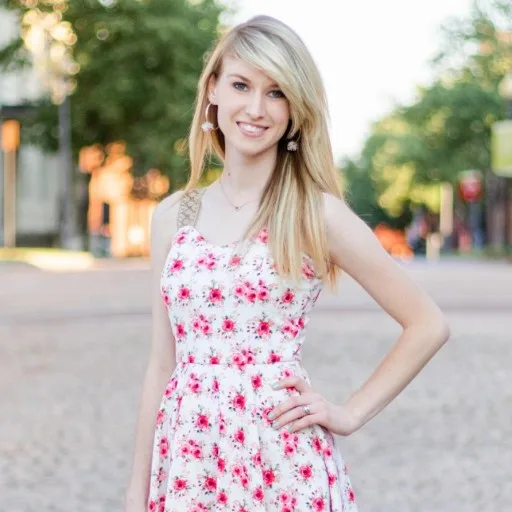
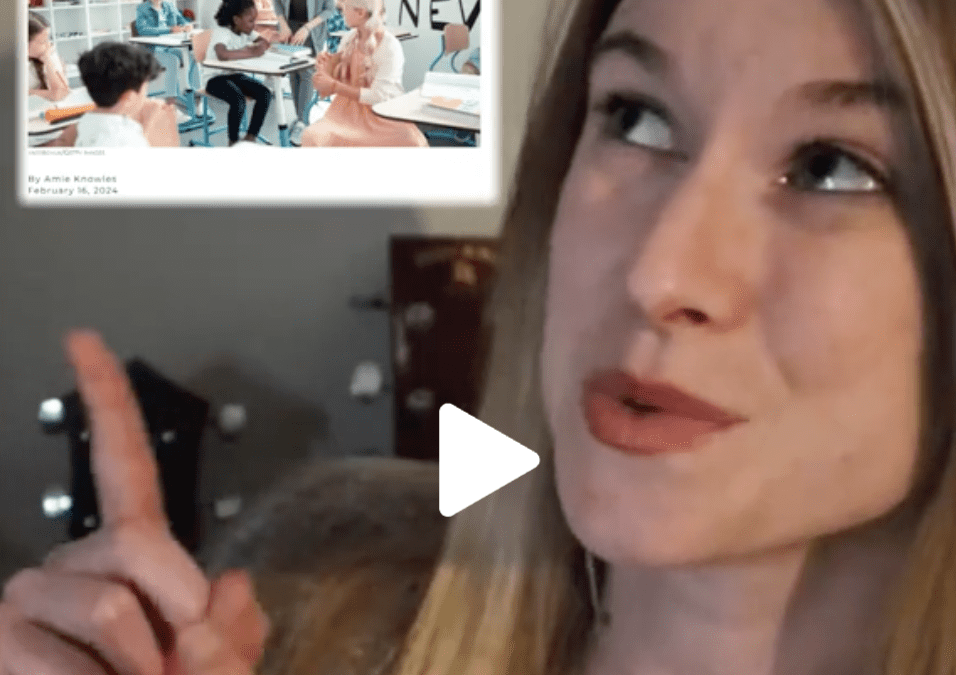
VIDEO: Your support matters!
Your support matters! Donate today. @vadogwoodnews Your support matters! Visit our link in bio to donate today. #virginianews #virginia #community...
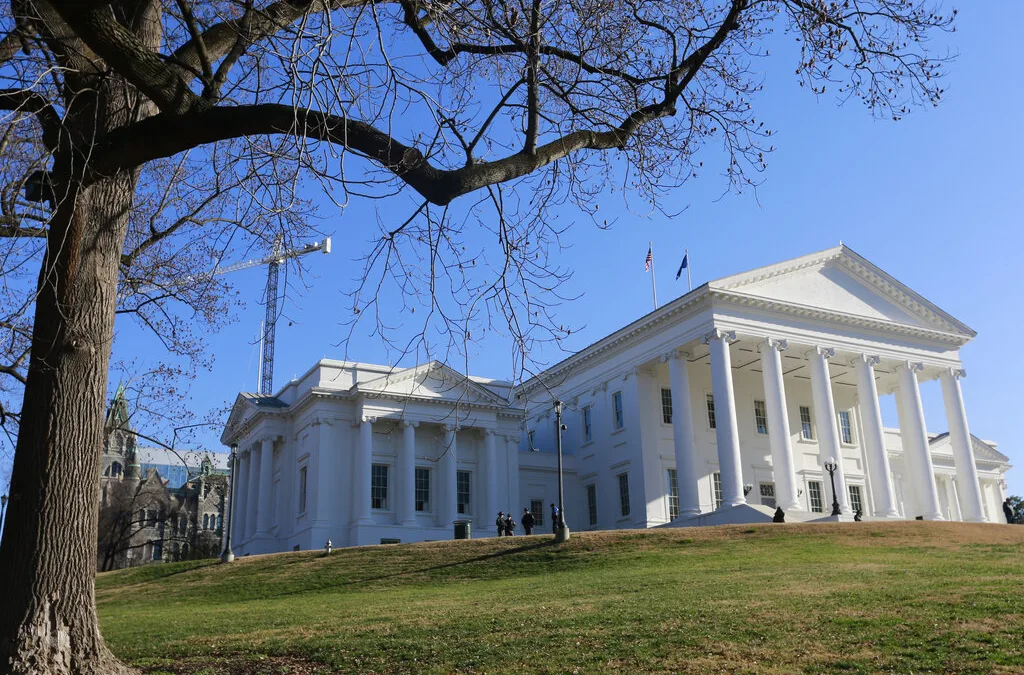
Op-Ed: Virginia’s new Democratic majorities pass key bills to improve your lives, but will Youngkin sign them?
The 2024 Virginia General Assembly regular session has wrapped up. It was a peculiar session from the outset, with Democratic majorities in the...
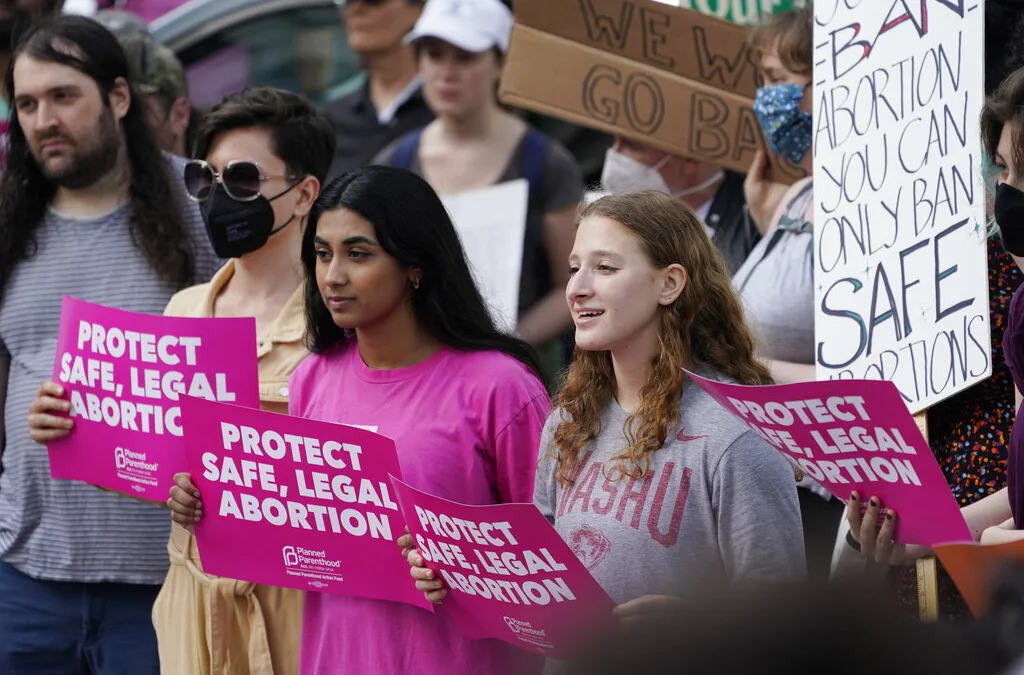
Op-Ed: Why Virginia Needs A Constitutional Amendment Protecting Reproductive Freedom
Virginia’s recent election season in 2023 drew in eyes from all over the country. Reproductive freedom was on the line and Virginia remained the...
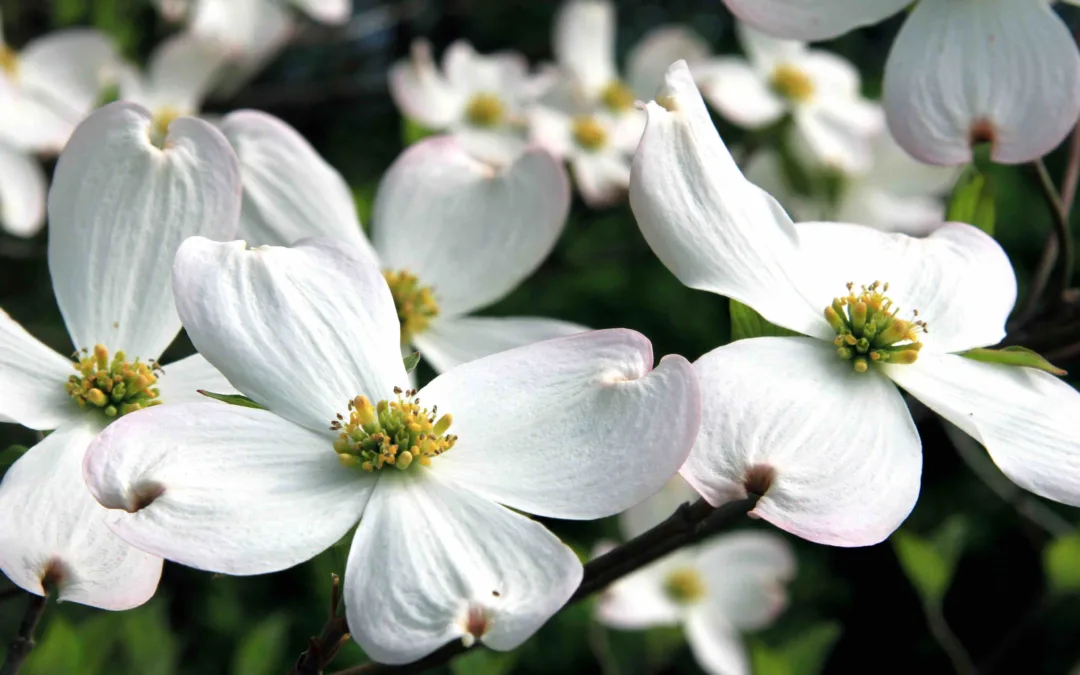
From the state rock to the state flower, here’s how Virginia got its symbols
Have you ever wondered why the Dogwood is the state flower? Or how the cardinal became the state bird? We’re here to answer those questions and more...

VIDEO: Second-gentleman Douglas Emhoff gives speech on reproductive freedom
Second gentleman, Douglas Emhoff touched on reproductive freedom not only being a woman's issue but "an everyone's issue" during the Biden-Harris...
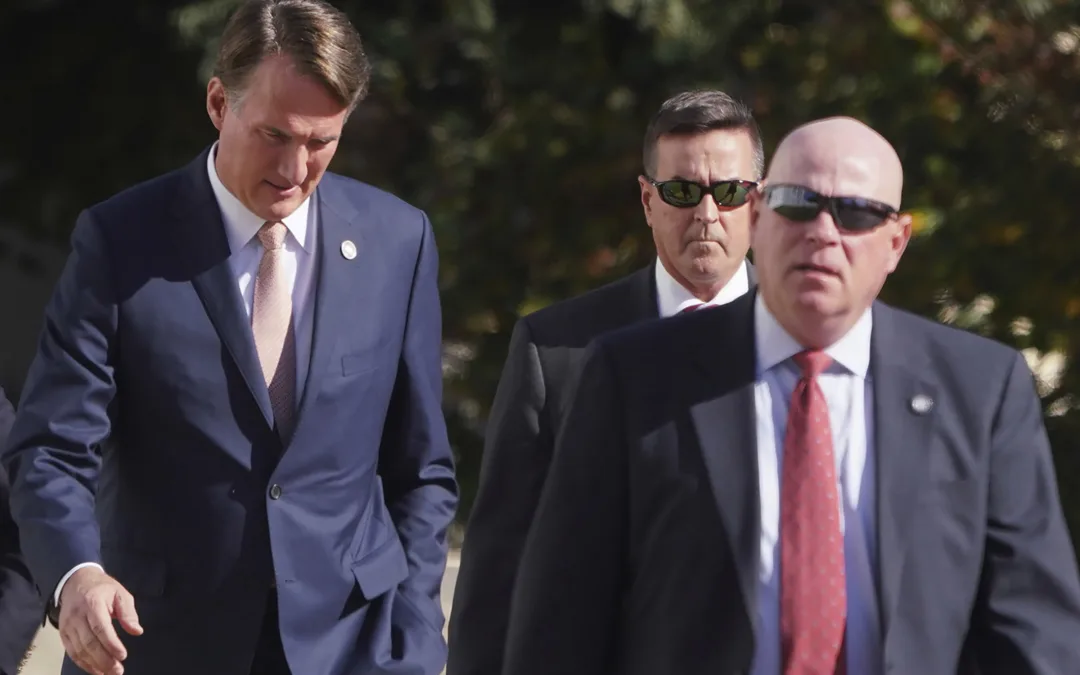
Glenn Youngkin and the terrible, horrible, no good, very bad night
Election Day 2023 has come and gone, and while there are votes to be counted, one thing is perfectly clear: Virginians unequivocally rejected Gov....



